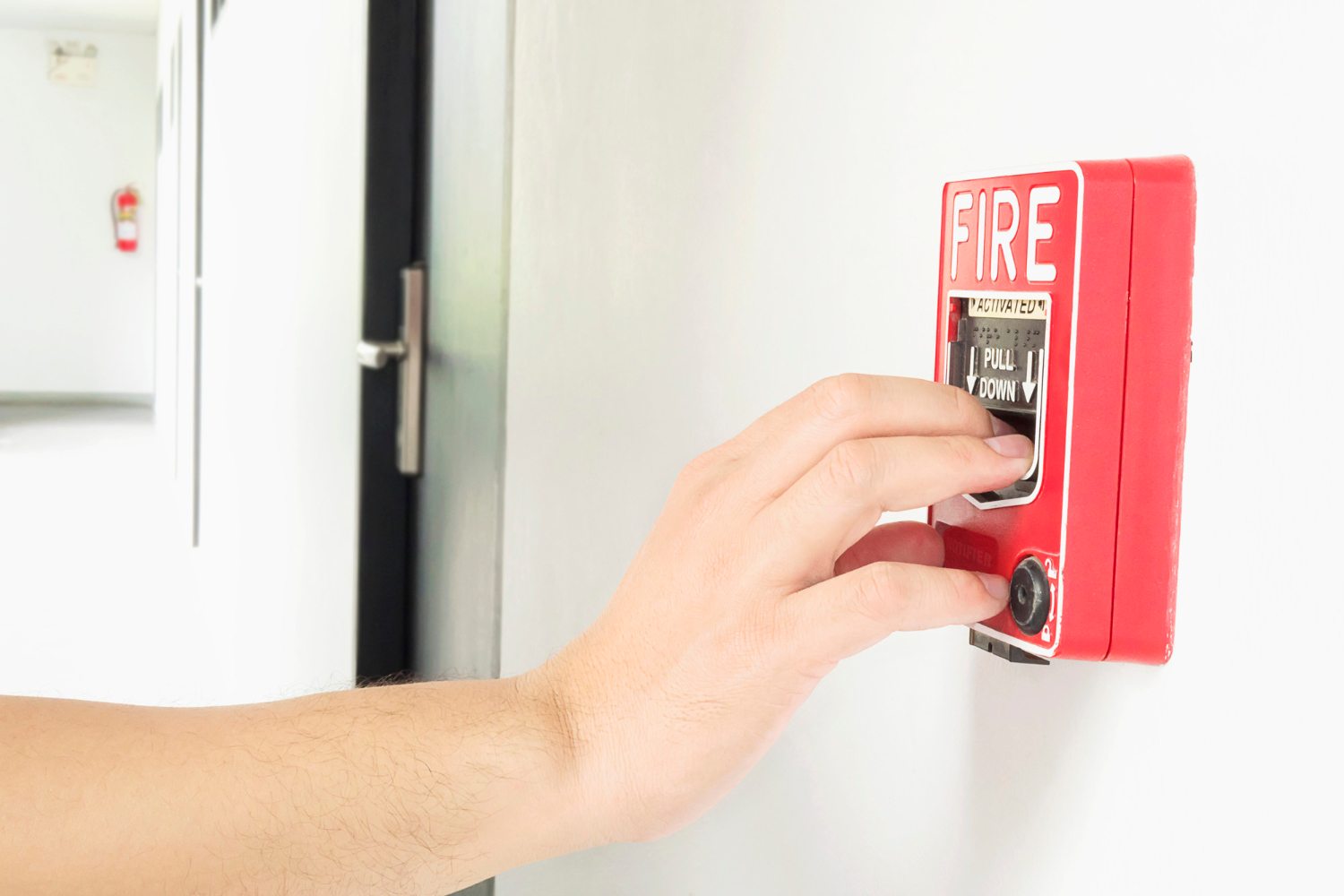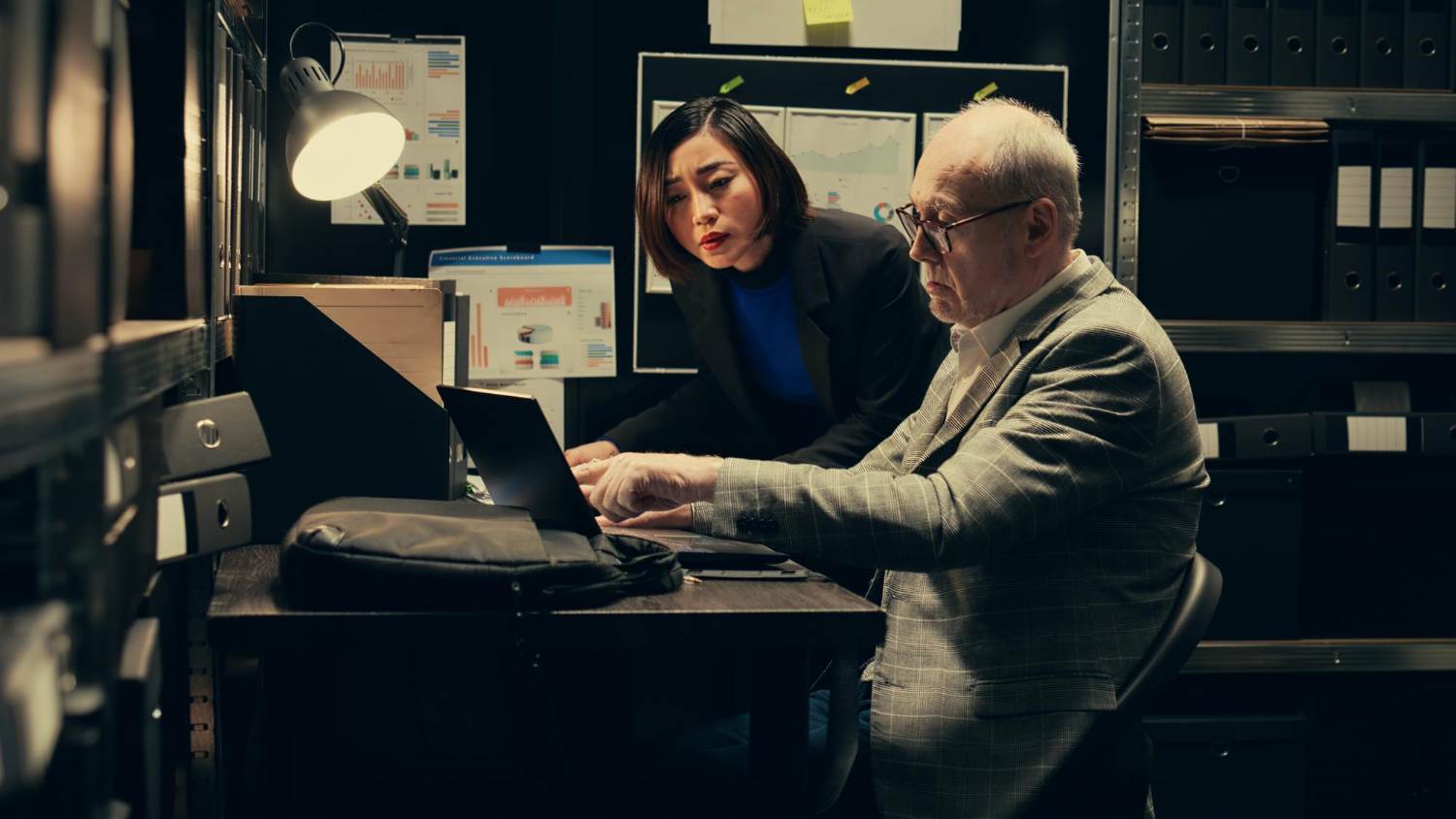Remote property monitoring lets you secure and manage properties using internet-connected devices, no matter where you are. Modern systems combine live-view cameras, cloud storage, and AI-driven alerts to provide 24/7 oversight. These tools reduce costs (up to 60% for physical inspections) and improve threat detection by cutting false alarms by over 40%. Here’s what you need to know:
- Core Features: Mobile-connected cameras, secure cloud storage, and instant alerts.
- Key Benefits: Cost savings, enhanced security, and AI-powered threat detection.
-
System Types:
- Entry-Level: basic monitoring.
- Mid-Range: AI features and cloud recording.
- Enterprise: multi-site control and advanced analytics.
- Setup & Maintenance: Proper installation, regular updates, and cybersecurity measures extend system lifespan and reliability.
Whether you’re managing a single property or hundreds, these systems can safeguard assets efficiently. Read on for detailed insights on choosing, setting up, and maintaining a remote monitoring system.
Cloud Based Security Cameras: Everything You Need to Know
Core Components of Remote Monitoring
Modern remote monitoring systems rely on three key elements: mobile-connected cameras, cloud storage, and intelligent alert systems. Together, these features allow for 24/7 property monitoring with minimal hands-on involvement.
Mobile-Connected CCTV Systems
Today’s CCTV systems use advanced video compression like H.265+, which cuts bandwidth use by 50% compared to older H.264 standards. These systems securely stream live footage to mobile devices via HTTPS/SSL encryption, letting property owners check in from anywhere.
A great example is ButterflyMX, which prioritises low latency. By using local edge computing, they achieve response times under 500ms, earning a 94% user satisfaction rate. For the best results, modern systems typically offer:
- 1080p @15fps (2Mbps): Ideal for standard monitoring
- 4K @30fps (8Mbps): For capturing high-detail footage
- 3MP+ night vision: Ensures clear visuals in low-light conditions
Cloud Security Storage
Cloud storage is vital for remote monitoring, ensuring secure video retention and easy access. Platforms like LenelS2 enhance reliability with geo-redundant storage, which automatically backs up footage across multiple locations.
"Buildium’s systems use role-based access and 256-bit SSL to balance security with accessibility".
Instant Alert Systems
Intelligent alert systems use video analytics and access control triggers to reduce response times by 83% through contextual notifications. These AI-driven alerts focus on critical events by analysing contextual data.
These systems often include:
- Heat and audio sensors to confirm potential threats
- Precision motion tracking for accurate detection
How to Select a Remote Monitoring System
Picking the right remote monitoring system means balancing technical features with the specific needs of your property. Modern solutions often combine AI analytics with enterprise-level security – these should be at the top of your list when comparing options.
Must-Have Features
When assessing remote monitoring systems, focus on those that provide dependable performance and strong mobile integration. Here are two key features to prioritise:
- Advanced Mobile Access: Systems like SimpliSafe, which has a 4.1/5 rating on Consumer Affairs, offer intuitive apps for full mobile control. Look for features like video timeline navigation and multi-camera views to simplify property management.
- Reliable Connectivity: Cellular backup and an uptime of 99.95% or higher ensure uninterrupted monitoring.
sbb-itb-6668fe6
Connecting Monitoring with Other Security Tools
Today’s security systems work best when remote monitoring is combined with other tools to create a cohesive defense. By linking monitoring systems with other security measures, you can detect threats faster and respond to emergencies more efficiently. This approach builds on the AI analytics and encryption methods discussed earlier, adding extra layers of protection.
Connected Security Systems
Integrating surveillance with access control and emergency systems creates a streamlined security network. For instance, when a smoke detector is triggered, connected systems can automatically redirect PTZ cameras to monitor fire exits and unlock specific doors. This setup can cut evacuation times by 30-45 seconds during emergencies.
To make this integration work smoothly, property managers should ensure their systems are built on strong foundations. Key factors include:
- Compatible APIs: Cloud-based platforms that sync entry logs with video footage for real-time verification.
- Network Support: Infrastructure capable of managing real-time data flow between IoT sensors and cameras.
- Encryption Standards: High-level encryption to secure data shared across systems.
Case Study: Amax Fire & Security’s Approach
Amax Fire & Security provides a great example of effective integration with their Business Intelligence Package. Their unified dashboard combines camera feeds with access logs, automates lighting for perimeter breaches, and uses mobile verification to minimise unnecessary dispatches.
For upkeep, Amax advises quarterly firmware updates and regular system health checks using automated tools to ensure everything runs smoothly.
When implementing connected systems, property managers should focus on:
- Cybersecurity: Regularly test API endpoints to protect the system from vulnerabilities.
- Staff Training: Train security teams to handle integrated platforms efficiently.
- Scalability: Opt for cloud-based solutions that can expand as your property’s needs grow.
The success of an integrated system depends on choosing platforms that support widely accepted protocols and ensure reliable uptime.
Setup and Maintenance Guide
Integrating monitoring with other security tools is just the beginning. To get the best results, proper installation and upkeep are key. A well-implemented system can cut down false alarms by up to 85% and add 3-4 years to equipment lifespan.
Installation Steps
A thorough site evaluation lays the groundwork for a smooth installation. Property managers need to identify risk areas and ensure the network can handle the system’s requirements. For instance, each 1080p camera needs an upload speed of at least 5 Mbps.
Here’s a breakdown of the process:
- Site Assessment: Start with a detailed survey of the property. Use tools like thermal imaging to pinpoint weak spots and evaluate the current network setup. Pay close attention to entryways, hallways, and any blind spots.
- Equipment Positioning: Place wide-angle cameras above entry points and set up PTZ cameras to monitor parking lots or isolated areas.
-
Network Setup:
Network Component Requirement Primary Internet 5+ Mbps upload per camera Backup Connection 4G/LTE modem Network Protocol Wi-Fi 6 or PoE - System Testing: Ensure all devices are functioning by testing live feeds.
System Upkeep
Regular maintenance keeps your system running smoothly and extends its lifespan. Key tasks include:
- Cleaning camera lenses and filters
- Testing backup power systems
- Checking battery health
- Inspecting cable connections and weatherproof seals
- Updating firmware and applying security patches
- Recalibrating motion sensors
- Verifying detection zones
- Managing storage capacity and clearing unnecessary footage
To maintain security, ensure AES-256 encryption is active and update multi-factor authentication settings every 90 days. For outdoor cameras, use IP66-rated weatherproof housings and protect your system from power surges with UPS units. Following Amax’s advice, schedule a professional inspection annually to check critical components.
New Monitoring Technologies
Recent advancements in technology are changing the way remote monitoring works, making it faster, smarter, and more reliable. Here are three key developments:
Smart Threat Detection
Building on systems like Coram’s AI surveillance, tools such as Reolink now use advanced behavioral pattern analysis to differentiate between normal activities and potential threats. This approach has dramatically cut down false alarms – by as much as 95% – through smart filtering techniques.
| Capability | Performance |
|---|---|
| Unauthorised Access | 98% accuracy |
| Environmental Threats | 30% fewer false alarms |
Mobile Control Updates
Modern mobile platforms now come with AR interfaces, such as Reolink’s 3D mapping and unified dashboards, making security management more intuitive.
- Trigger emergency responses using split-screen controls.
These tools align with the tiered system selection strategy discussed earlier, giving users greater control at their fingertips.
Fast Response Computing
The integration of 5G-enabled edge computing has drastically improved response times, bringing them below 200ms, all while maintaining strong encryption standards. This technology also supports 4K video streaming with minimal packet loss – less than 1%. Such improvements work hand-in-hand with the network setup requirements highlighted in the Installation Steps section.
For example, Buildium’s hybrid architecture offers a strong balance between speed and security:
| Processing Type | Security Level |
|---|---|
| Local Edge | Hardware encrypted |
| Cloud Backup | AES-256 protected |
| Combined Local/Cloud Processing | Secure verification |
Additionally, the Open Security Compliance Architecture (OSCA) has standardised integration protocols across 78% of major security vendors. This ensures that these new monitoring solutions can easily work together, regardless of their manufacturer.
Conclusion: Remote Monitoring Basics
This guide has highlighted three key factors for effective remote monitoring: real-time alerts, secure cloud infrastructure, and multi-device access. Systems with real-time alerts can cut vandalism costs by 38%, but success depends on careful planning and execution.
Property managers should focus on systems that offer end-to-end encryption, such as WPA3 protocols, and ensure regular firmware updates. To maintain reliability, consider using cellular backups and providing staff with training aligned to the maintenance protocols discussed earlier.
Take Greystar’s tiered system rollout as an example. Their approach demonstrates how scalable solutions can meet the unique needs of different properties. By following the installation and upkeep practices we’ve covered, you can ensure your remote monitoring system remains a dependable safeguard for your assets.



